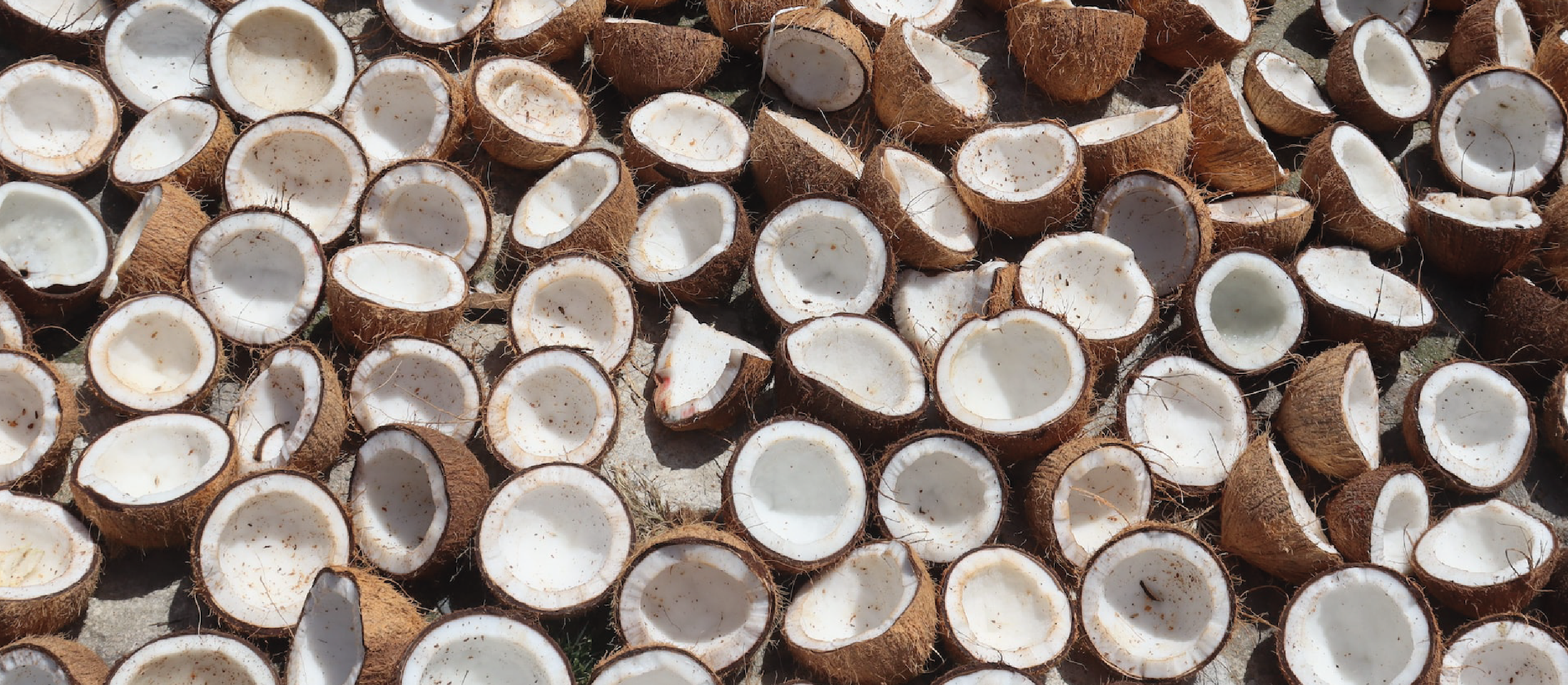Two potentially commercial discoveries have been made in the Hoop area in the Barents Sea (Wisting and Hanssen).
– The reservoir of the Wisting discovery lies around 400 m below the sea floor, in fact, the prospective Jurassic reservoirs are mainly located above the first sea floor multiple in most of the area, and we are looking at an exhumed petroleum system, says Kristian Brandsegg of Exploro who will give a talk at next week’s Hydrocarbon Habitat seminar entitled “24th round: New opportunities in the greater Hoop area based on recent wells and seismic data“.
Analysis of the oil data has given a strong indication of the source rock charging the Wisting discovery and has opened for new prospectivity within the greater Hoop area.
– Common risk segments models carried out by Exploro has outlined several areas in the greater Hoop area that are candidates for further exploration effort, says Brandsegg.
Oljeselskap uten portefølje
Ser muligheter i det store ukjente
Høyoppløselige data letter kartleggingen
Register for the seminar here
Fees:
NOK 1,950 + MVA
Read the full abstract:
“The area surrounding the Hoop Fault System in the Norwegian Barents Sea was among the most prospective and enigmatic areas being offered for the 23rd Concession Round. During the last 2.5 years seven wells have been drilled, two of which led to potentially commercial discoveries (Wisting and Hanssen).
A characteristic of the area is that the prospective Jurassic reservoir rocks occur at very shallow depths. The reservoir of the Wisting discovery is at around 400 m below the sea floor. The reason behind this is that we are looking at an exhumed petroleum system. The Hoop area has experienced between 1500 and 2000 m net erosion during the Cenozoic. In fact the prospective Jurassic reservoirs are mainly located above the first sea floor multiple in most of the area. The Hoop Fault system is a long lived series of faults that has been periodically reactivated at least since the Carboniferous. Structuration in the Jurassic and Cretaceous resulted in the formation of the structural traps that are presently being explored within the area.
The newly released Wisting well (7324/8-1) confirmed that potential reservoirs occur in the mid Triassic to mid Jurassic Kapp Toscana Group, and consists mainly of continental to marginal marine sandstones. The reservoir quality was excellent and core samples of the Stø Fm. proved porosity above 20% and permeability above 3000mD. The regional top seals are made up of the Upper Jurassic Fuglen and Hekkingen formations. Analysis of the oil data has given a strong indication of the source rock charging the Wisting discovery and has opened for new prospectivity within the greater Hoop area.
The wells drilled in and close to the Hoop area have demonstrated large lateral thickness variations in the Realgrunnen Sub- Group reservoirs. To be able to predict the reservoir thickness will have a profound impact on the commerciality of the prospects in the area. The Wisting discovery proved the Late Triassic – Middle Jurassic play in the Barents Sea north of Loppa High. Common risk segments models carried out by Exploro has outlined several areas in the greater Hoop area that are candidates for further exploration effort.”




